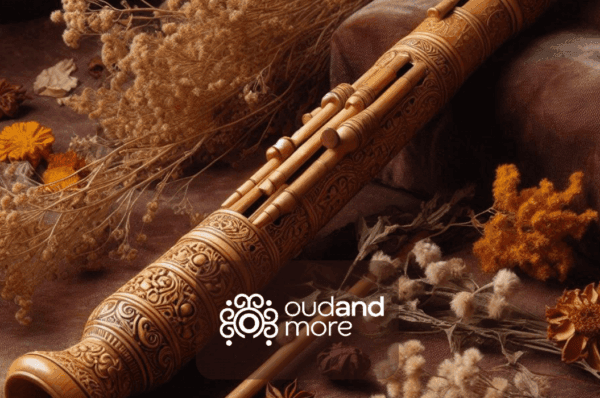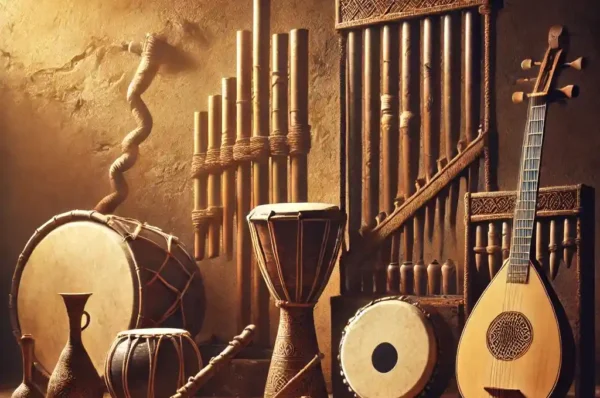Origins and History of the Armenian Duduk
The Armenian duduk is one of the most significant instruments in Armenian folk music. Dating back approximately 3,000 years, this wind instrument is traditionally made from apricot wood, producing a soft, deep, and emotional tone. The duduk has played a crucial role in Armenian culture, being used in various rituals from weddings to funerals. Recognized by UNESCO as an Intangible Cultural Heritage, the duduk is a key symbol of Armenian identity and history.
Throughout history, the duduk has interacted with many cultures along the Silk Road, absorbing influences from Ottoman, Persian, and Central Asian musical traditions. However, its unique character and sound distinguish it from other wind instruments.
History and Mystical Influence of the Armenian Ney
The Armenian ney is a version of the ney instrument found in Turkish, Persian, and Arabic music. Originating from the Middle East and Anatolia, the ney is traditionally made from reed and holds a special place in Sufi music, adding a spiritual depth to compositions.
In Armenian music, the ney, like the duduk, has been used to create emotional and mystical melodies. The ney’s sound has often been associated with deep contemplation and meditation, making it a preferred instrument for traditional Armenian hymns and spiritual music.
Sound Characteristics of the Duduk and Ney
The duduk, despite having a limited octave range, produces a deep and melancholic tone. Its thick reed structure allows it to create vibrations similar to the human voice, earning it the nickname “the crying instrument.”
The ney, on the other hand, has a wider tonal range and can produce rich tones through different blowing techniques. Its sound is finer, more delicate, and mystical. While the duduk creates a fuller and more dramatic effect, the ney offers a more introspective and spiritual ambiance.
Cultural Impact of the Armenian Duduk and Armenian Ney
The Armenian duduk has been preserved and promoted as a symbol of cultural identity, particularly by the Armenian diaspora. Frequently used in film scores, this instrument has been featured in famous productions like Gladiator and Schindler’s List. Renowned duduk artist Djivan Gasparyan played a significant role in bringing the instrument to the global stage.
The Armenian ney, meanwhile, continues to be used in Sufi music and mystical rituals. It holds a prominent place in Sufi traditions across Anatolia and the Middle East.
Unforgettable Melodies Composed with These Instruments
Numerous captivating melodies have been composed using the duduk and ney. In Armenian folk music, the duduk is featured in classics such as Sari Gelin. The ney, on the other hand, is a central instrument in Mevlana’s Sema rituals and various hymns.
Use of the Duduk and Ney in Modern Music
Today, both the duduk and ney extend beyond traditional music, finding their place in jazz, electronic, and world music genres. These instruments are frequently used in New Age music and film scores, serving as bridges that carry cultural heritage into the modern world.
By blending the mystical melodies of the past with contemporary music, the duduk and ney offer listeners a unique auditory experience. Their enchanting sounds continue to speak to the human soul through the universal language of music.




